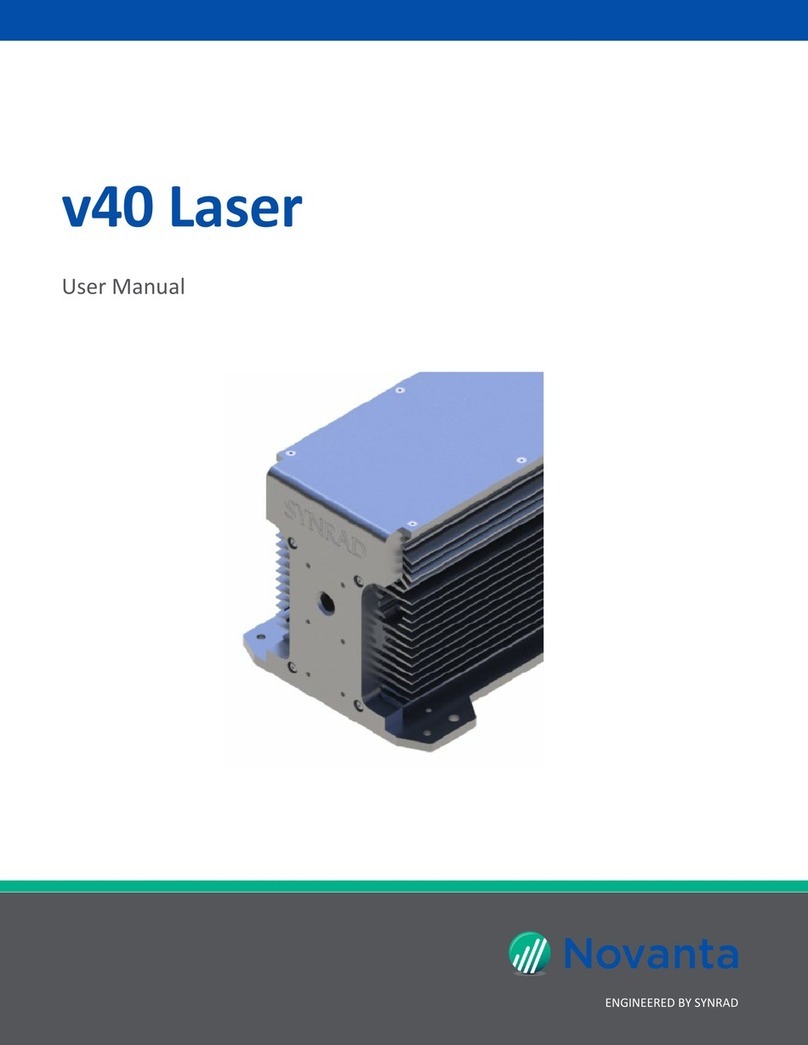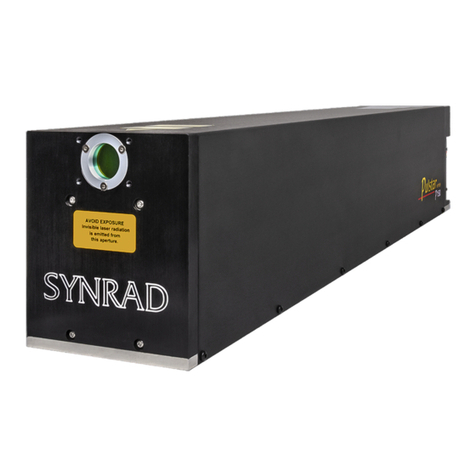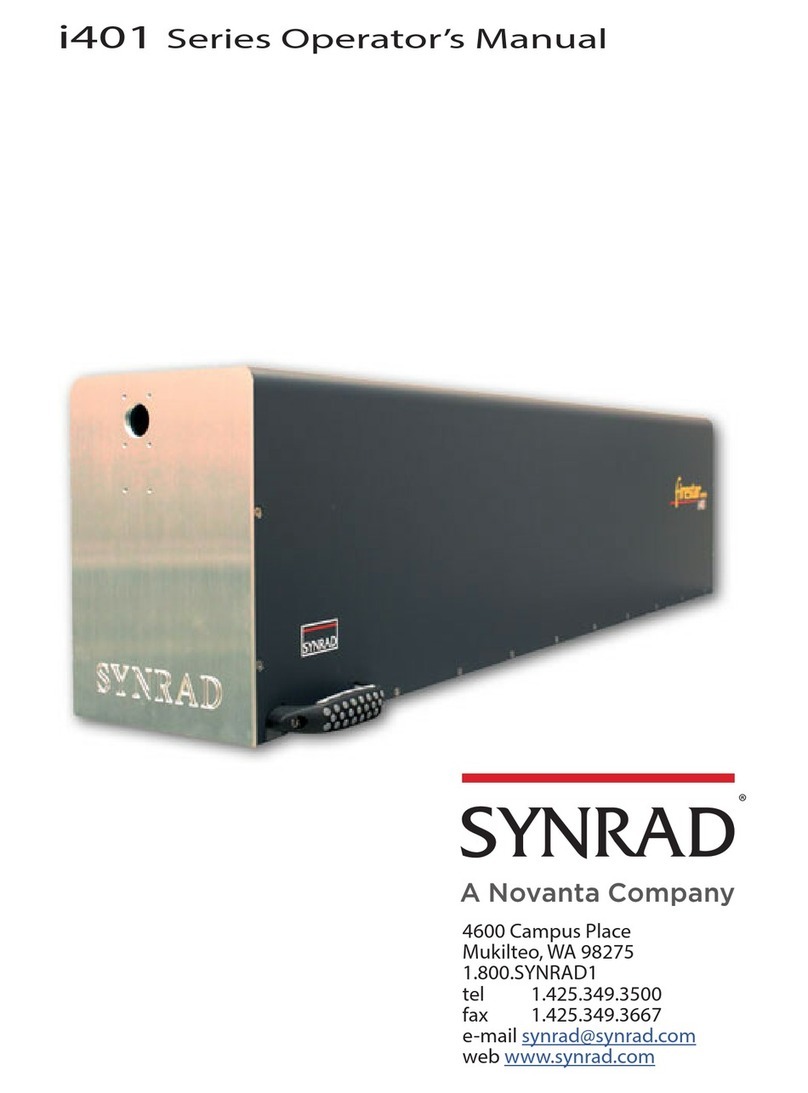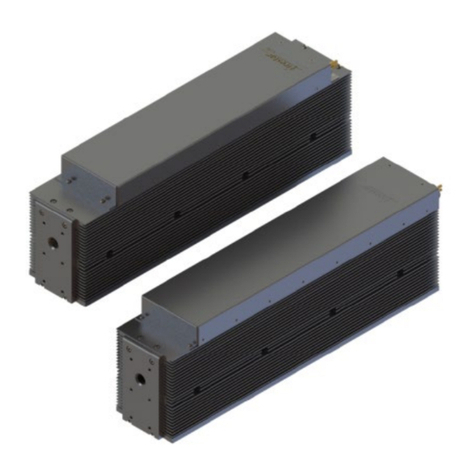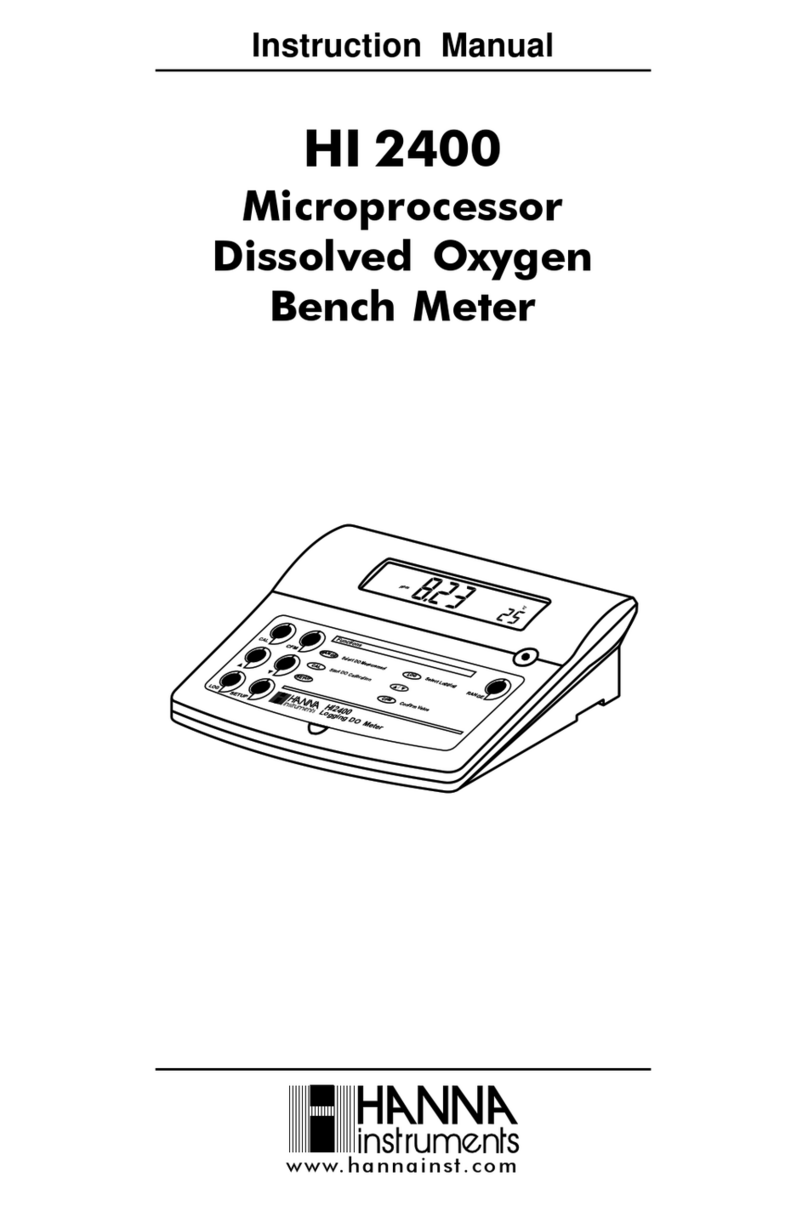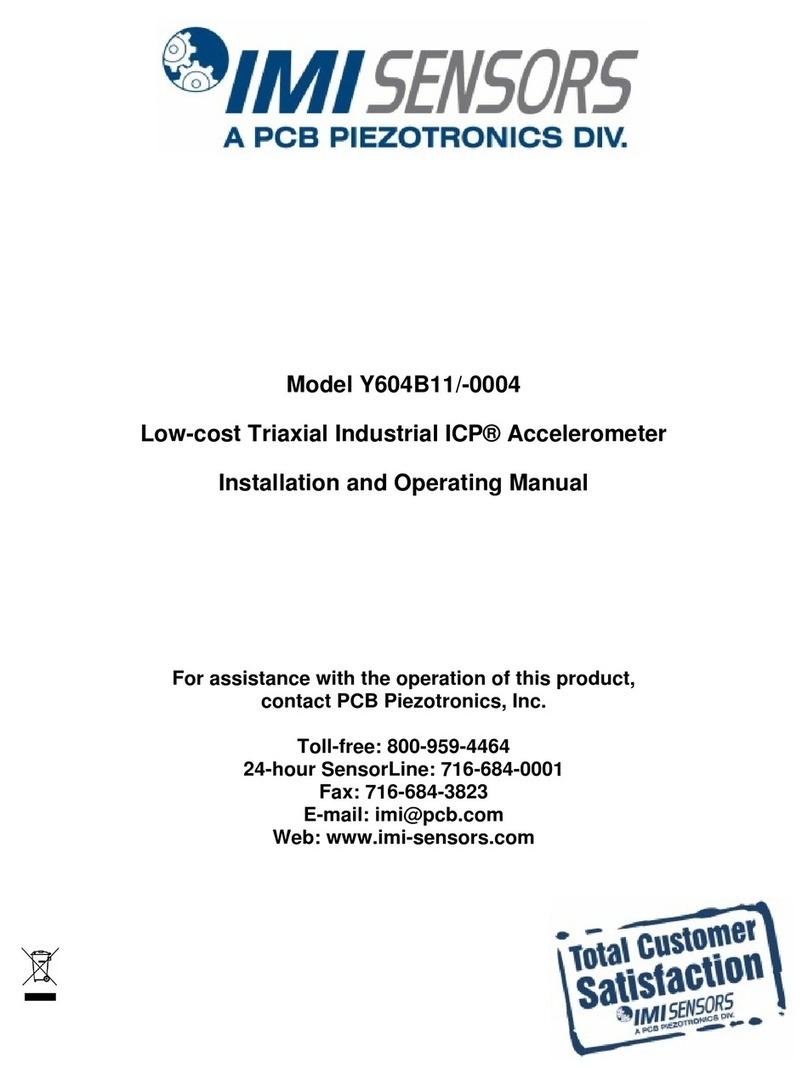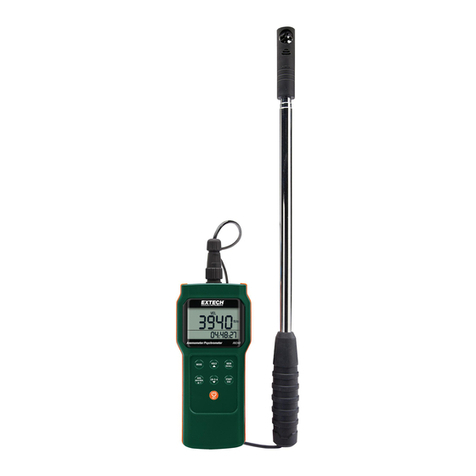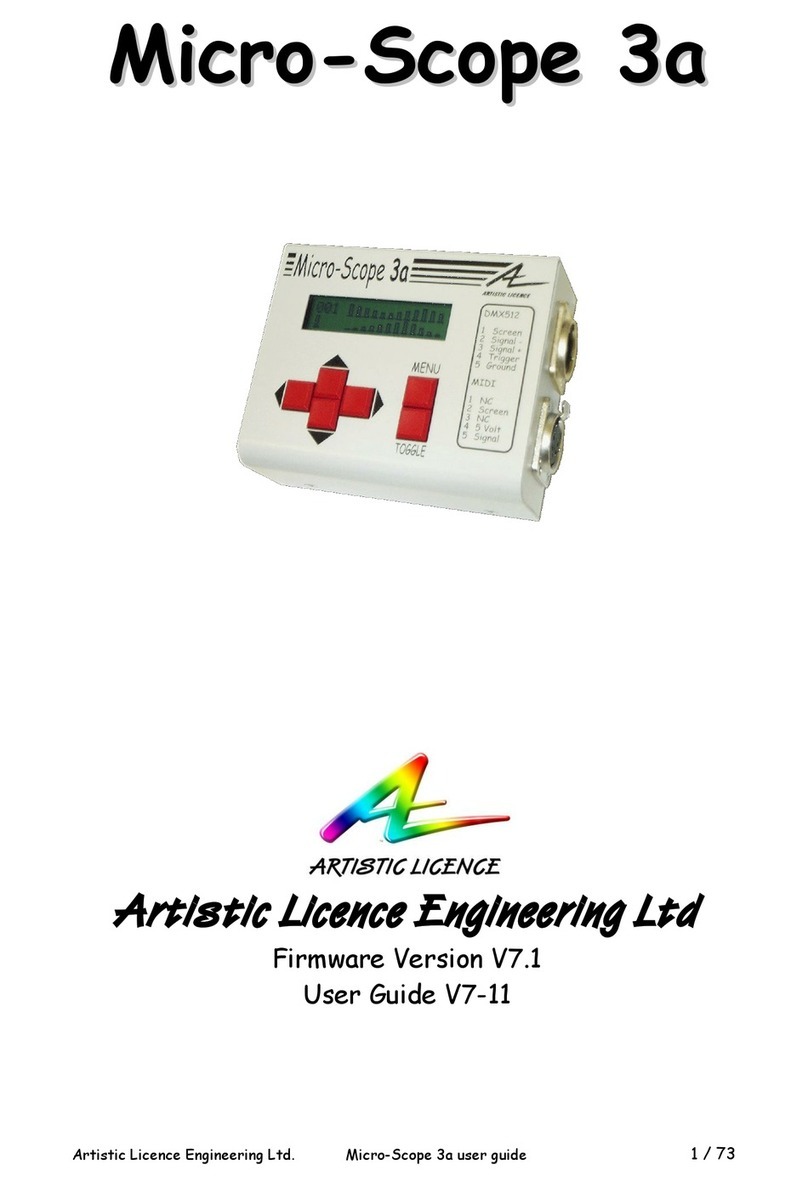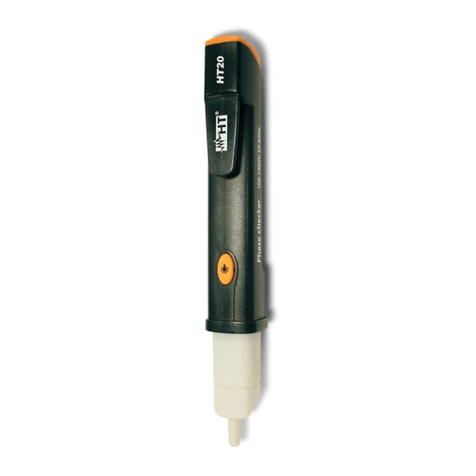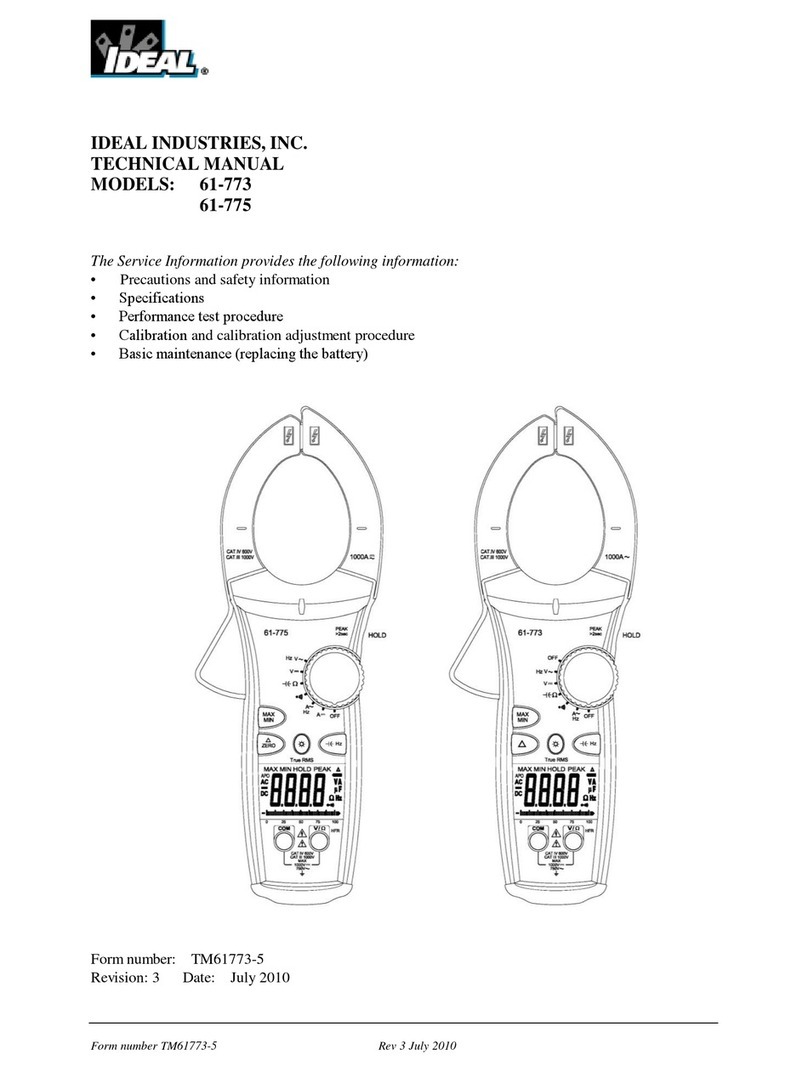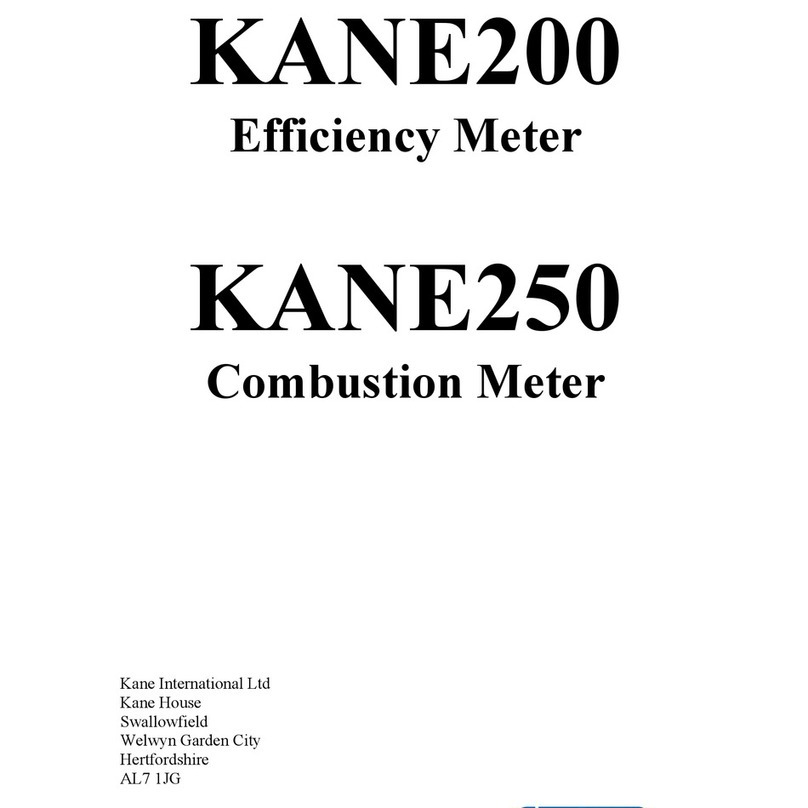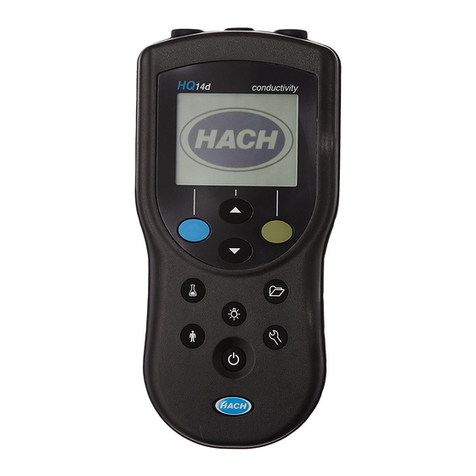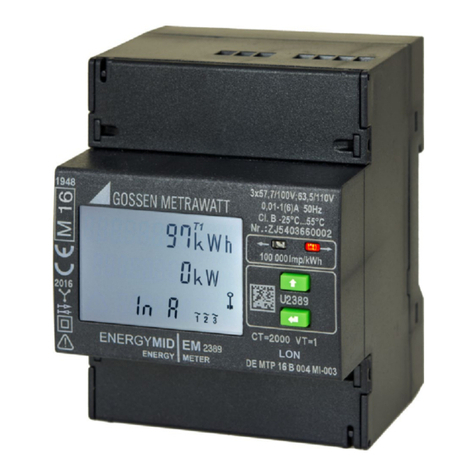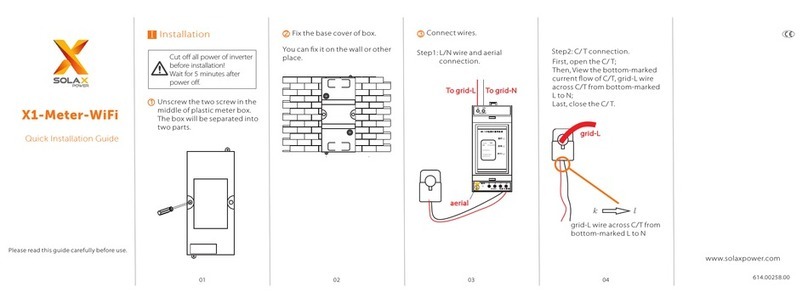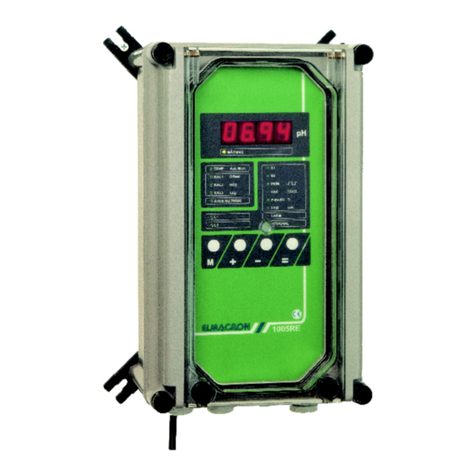COOLING REQUIREMENTS AND POWER CONSUMPTION PAGE |15
RemoteApp
Using Laser Quantum’s unique RemoteApp software suite the laser can be controlled via the RS232 port. The
application is supplied on a USB Flash Drive and should install automatically. Alternatively it can be downloaded
from www.novantaphotonics.com. Follow the on-screen prompts to install the software onto the computer.
RemoteApp includes a comprehensive instruction manual which can be accessed via the ‘Help’ and ‘Contents’ tabs.
The RemoteApp can also be used if a remote connection is required by our Service & Support Centre and is a
powerful tool if performance optimisation is required.
Re-calibrating the Laser Power
The laser can be recalibrated at any time during its use to ensure the APC mode is in good agreement with any
external power meter device. Recalibration is a simple process that takes place via the RS232 port. The procedure
for recalibration requires the RS232 port to be configured for use with a terminal emulator (section 5.5). The following
procedure must be followed:
1Select an intermediate power that the laser is capable of reaching. Set the laser to this power by typing the
command POWER=###. “###” represents this intermediate or characteristic operating power level.
2After a period of 5 minutes, measure the actual power using a trusted, external power meter
3Type the command ACTP= [external power meter reading in mW]
4Confirm that the laser has adjusted its power such that the external power meter now reads ### mW within a
few mW
5If necessary, repeat steps 3 and 4 until the calibration agrees
6Once accepted, type the command WRITE to store the new calibration
Cooling Requirements and Power Consumption
Cooling Requirements
The laser has a characteristic warm-up period before it reaches specification; this time depends partly on the
heatsink to which it is attached. However, the typical warm-up time is 10 minutes from switch on.
In order for the laser to perform to specification it must be adequately heatsinked. Operating the laser on an
inadequate heatsink will adversely affect its stability and may result in thermal shutdown of the laser or reduction in
optical power. Operating the laser on an Aluminum optical bench should produce optimum performance, although in
higher powered systems this alone might not be enough to effectively remove the heat away from the laser. The
user should consult section 6 of the user manual where the power consumption figures presented can be used as a
first approximation of heat-dissipation. An additional cooling aid might be required (e.g. TEC, forced air cooling,
water cooling). For further information on heatsinking, please consult your sales representative who will be able to
provide a heatsink solution.
ventus laser head
Once the maximum operational temperature for the laser head (see Section 1) has been reached, one of two things
will occur: To ensure the correct cooling arrangement the flow direction should be as follows:
1 The current to the diode will immediately be switched off and the laser system will need to be restarted once
the temperature has been restored to normal



















